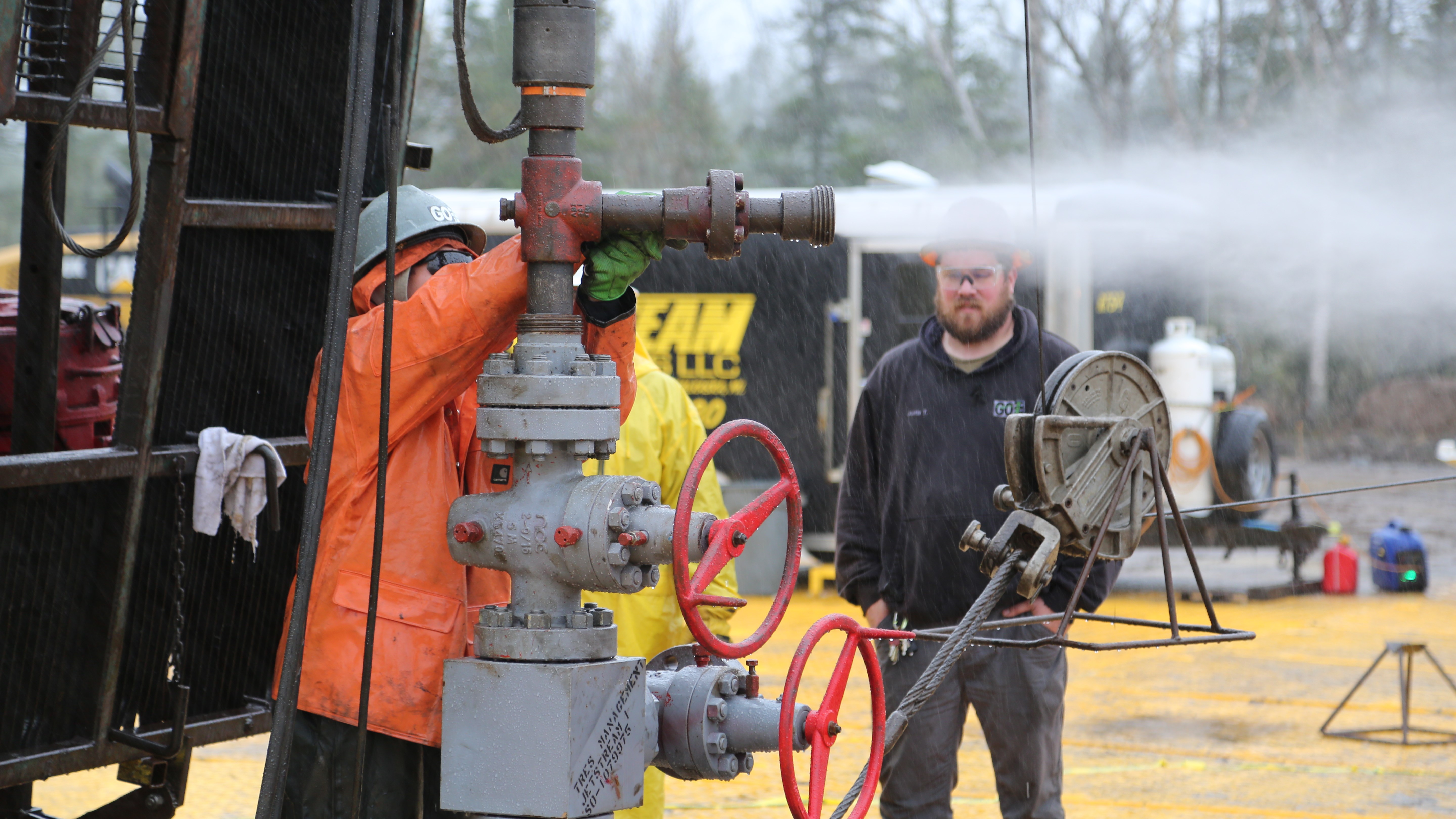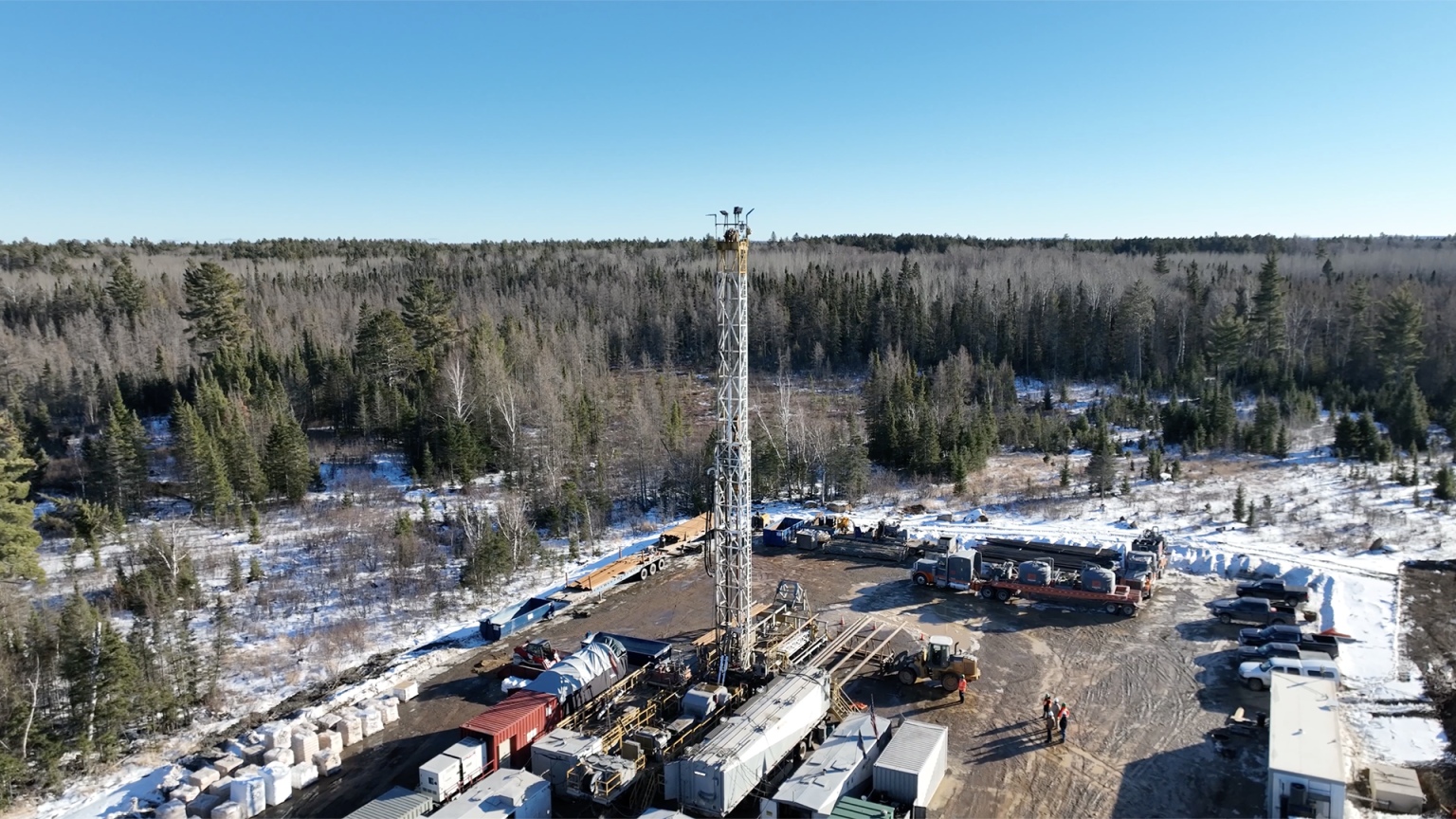
A massive helium reservoir discovered in Minnesota earlier this year could alleviate critical shortages of the gas across several industries in the U.S., experts say.
On Aug. 21, the resource exploration company Pulsar Helium announced the results of an independent evaluation of its helium drilling site near Babbitt — and the data bode well for commercial helium production, according to a statement.
The evaluation estimated the volume of helium recoverable from a single well that taps into 13% of the overall land that Pulsar Helium owns in Minnesota. The results showed this one well contains 22.9 million cubic feet (649,000 cubic meters) of helium, which is equivalent to roughly 1% of U.S. helium production in 2023 and 0.4% of total global production in 2023, according to the U.S. Geological Survey.
"Such positive estimations received from a single and comparatively shallow well are hugely encouraging ahead of further exploration," Thomas Abraham-James, the president and CEO of Pulsar Helium, said in the statement. Further exploration of the site and deeper drilling of the existing well are scheduled to take place later this year, Abraham-James said.
Laboratory results in June revealed that helium concentrations at the Minnesota site are the highest the industry has ever seen, at up to 14.5%.
"That's phenomenally high," Jon Gluyas, a professor of geoenergy, carbon capture and storage at the University of Durham in the U.K. who does not work at Pulsar Helium, told Live Science. Gases with helium concentrations of 0.3% and above are considered commercially viable, so anything "upward of that is really good news," Gluyas said.
It's difficult to estimate how much helium the entire reservoir in Minnesota holds based on the new data, Gluyas said, because the rocks beneath the drilling site probably aren't homogeneous. The amount of helium stored in a body of rock depends on the porosity of the rock and on the connectivity between those pores.
"Rarely do the reservoir properties remain uniform over large areas, so there will be some changes, and it's quite likely that there will be better areas and worse areas" for helium storage, Gluyas said.
The concentration of helium probably also varies spatially, he said, but because the gas is moving underground and mixing in different pockets between the rocks, it's unlikely that concentrations will drop to anywhere near 0.3%.

Extrapolating the new data to estimate the amount of helium beneath Pulsar's overall land position comes with large uncertainties, but 176 million cubic feet (5 million cubic meters) — the number one gets by multiplying 22.9 million cubic feet by 7.7 to cover 100% of the land position — "may not be too far off" the actual volume of helium in the reservoir, Gluyas said.
Currently, the U.S. produces roughly 2.1 billion cubic feet (60 million cubic meters) of helium, so Pulsar's site in Minnesota could one day produce an additional 8.3% for the domestic supply.
Helium is a highly sought-after gas and a critical cooling component for many fields and industries, including scientific research, medical technology, space exploration and high-tech manufacturing. Supply chains are struggling to keep up with the demand for helium, resulting in a global shortage that has persisted for over a decade, Abraham-James told Live Science in an email.
"The situation is bad enough that many users are not receiving their full allocation of helium ordered, and with there being no substitute for helium, technical applications and research are stalling," he said. "Our near-term objective is to provide stable domestic helium supply for the U.S. market."
The new data suggest there is a "fairly high" chance that Pulsar's drilling site in Minnesota can be commercialized, according to the statement. If the company does begin extracting helium, the gas will come out of the ground much like gas comes out of a deflating balloon, Gluyas said.
"If you blow up a balloon and let it go, it shoots off very quickly to start with, and then ends up on the floor as the last vestiges of gas come out," Gluyas said, adding that production will peak early.
The discovery of helium is "very exciting" and "it makes commercial sense to extract it" as it will boost the U.S. supply, Gluyas said.







